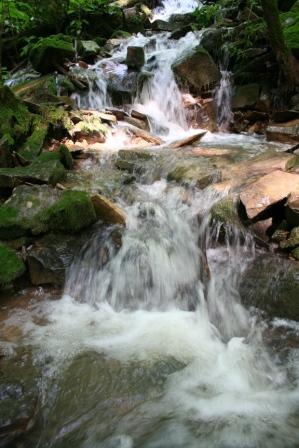One difficulty in revitalizing an endangered tree is a limited seed source. Seeds must be collected from the few trees that remain and used to grow seedlings in a controlled environment until they are strong enough to be planted in the wild. These young trees (depending on the species) can take up to 30 years before they begin to contribute to the seed source. The RPM (Root Production Method)® can speed that process exponentially. Most species on which the RPM (Root Production Method)® has been tested have begun to produce seeds within the first three years.
The following table shows the difference in the number of trees produced using the RPM (Root Production Method)® versus traditional methods. Several assumptions are made 1) there are 10 original trees to be used as seed source 2) one seed from every seed producing tree is collected, processed (only for the RPM (Root Production Method)®), germinated, grown and planted every year 3) traditionally grown trees require 30 years for seed production 4) RPM (Root Production Method)® grown trees require 1 to 3 years for seed production and 5) there is 100% survival of all trees once planted.
Number | Number of Years the Planting Process is to be Repeated | Total Number of Trees at the End of the Time Period Using the RPM Process | Total Number of Trees at the End of the Time Period Using Traditional Methods |
10 | 5 | 62 | 50 |
10 | 10 | 445 | 100 |
10 | 15 | 3,150 | 150 |
10 | 20 | 22,328 | 200 |
10 | 25 | 158,287 | 250 |
10 | 30 | 1,122,108 | 300 |
By causing trees to produce seeds in 1 to 3 years instead of 30, the RPM (Root Production Method)® increases the seed source every year exponentially. With minimal effort, as the RPM (Root Production Method)® process is very simple, any endangered tree species could be revitalized.



 Cypress trees in pots at an EarthMark nursery.
Cypress trees in pots at an EarthMark nursery.